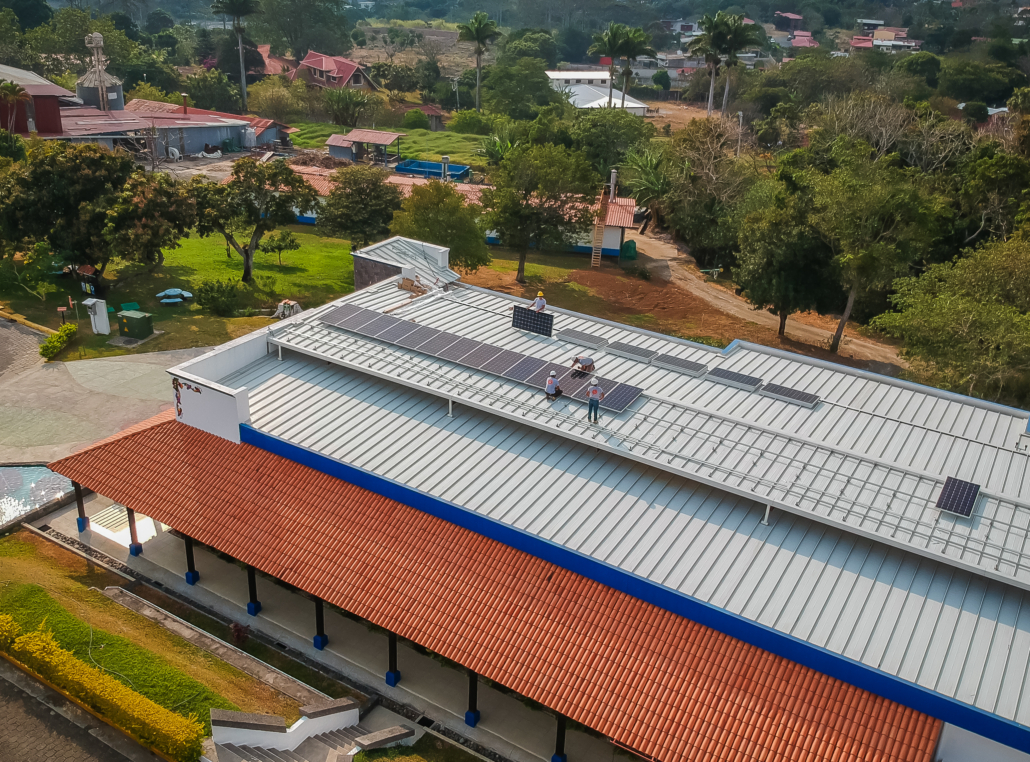We begin our edition of TYPES OF PHOTOVOLTAIC SYSTEMS, explaining the most economical system used by the vast majority of solar consumers, the INTERACTIVE SYSTEM
⦁ These types of systems exchange energy with the service NETWORK, be it the ICE, CNFL, among others. They can also be known as “interconnected” and “interactive” systems.
⦁ What differentiates them from traditional photovoltaic (PV) systems, is where they store their energy, since they do not need battery storage.
⦁ The user generates his own energy and the excess energy (if not used at the time it is produced) is sold to the distribution network to which they belong. This enters the NETWORK and is used by another user who needs it at the moment.
⦁ When the user requires more energy, and it is at a time when their panels are not generating energy (as at night), they will use energy that is extracted from the commercial network of their distributor.
⦁ In the case of Costa Rica, The user receives energy (electricity) from the NETWORK at a price much cheaper than that of another common consumer. As for example, at a commercial rate of ICE the cost kilowatt hour (kWh) is 71.8 crc; that same kWh will cost 27.8 crc for the user that feeds the PV power to the NETWORK.
⦁ In the event of a power failure by the distribution NETWORK, the inverter switches off automatically and does not continue to pass PV electricity to the NETWORK.
⦁ So there will be no electricity at that time, as there is no storage; so it is that in some systems batteries are also used, in case of failures by the distribution network.

Photography: Project under development at the Coffee Institute of Costa Rica










Leave a Reply
Want to join the discussion?Feel free to contribute!